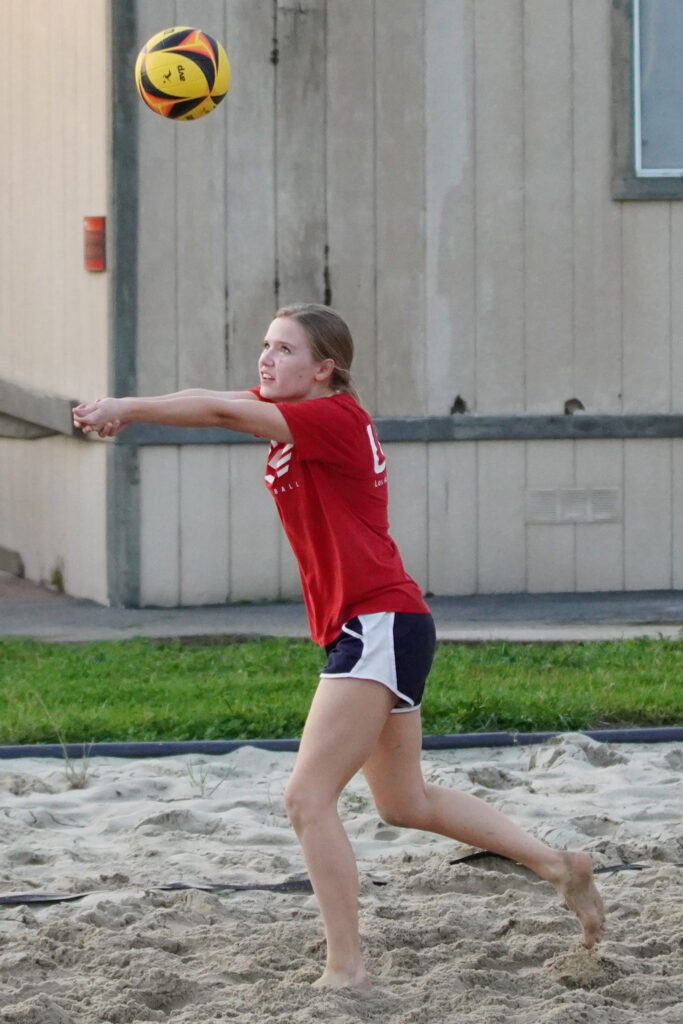This assignment for JOUR 387 International Journalism required we write a story based on international happenings, with international sources, while practicing empathy and thoughtful perspective as Americans writing from Southern California. At the time, South Korean medical students were on strike, which affected much more than just the healthcare system. I reached out to multiple contacts at Biola to look for sources familiar with South Korean culture and the healthcare system. Eventually, I got in touch with two sources from South Korea: a medical doctor and a Baylor University student.
Do-Yeon Cho, MD, MS, still remembers the culture around medical school when he attended Chungbuk National University’s School of Medicine in 1993.
“When I was growing up, Seoul National [University] was No. 1. Everybody would go to Seoul National and then go to other medical schools,” said Cho, associate professor and director of the Smell and Taste Clinic at the University of Alabama, Birmingham’s Department of Otolaryngology. “But nowadays, they [say] no matter which school you go to, medical school is first. And then [after] medical school, then go to Seoul National next. So times totally changed; that’s what I was told. … It’s kind of an interesting system.”
Cho’s remarks on Korean academic culture and its attitude towards medical school reveals but one link of many in an interconnected web of problems complicating South Korea’s attempts to reform its medical system. These problems include the country’s medical school system, universal healthcare system, an alleged lack of doctors and the younger generation’s attitude towards it all.
At first glance, especially to a distant international audience, the government’s proposed solution from Feb. 6 seems unimposing—increase the admissions quota at medical schools from 3,000 to 5,000 for the upcoming school year, and add 10,000 spots by 2035, according to a Feb. 21 Reuters article.
According to another Feb. 21 Reuters story, South Korea has one of the lowest doctor-to-patient ratios among developed countries, at 2.6 doctors per 1,000 people. The U.S. has 2.7 doctors per 1,000 people, while Austria tops off the 2022 list of both generalists and specialist doctors at 5.5 doctors per 1,000 people.
For the government, increasing admissions will hopefully funnel more students into these medical schools and consequently increase this doctor-to-patient ratio.
And for existing medical professionals, professors and trainees in residency and internships, this proposal provoked a strike.
“This is kind of like Pandora’s box,” said Cho, remarking on the complexity of the situation. “This is the government, they’re trying to stir the pot, open the Pandora’s Box and everything just gets startled.”
Almost 90% of Korean trainee doctors now have been on strike since the proposal’s introduction, according to an April 20 Korea Times article. Obviously, this strike did little to increase the number of available doctors in Korea, and further understaffed hospitals in the country.
Since February, Korean news media has been following the strike closely, publicizing revisions and rejections to the proposal, compromises and lack thereof, patients who report hospitals unable to care for them and reasons why these doctors have walked from their jobs, including a selective academic process in medical schools, a broken medical system, underpaid and overworked conditions and a sufficient number of doctors already, according to Reuters.
The article did not expand more on the medical system itself, or on the history of these problems. But as foreigners unfamiliar with the South Korean culture underneath these issues, understanding the current crisis in South Korea requires an understanding of its underlying problems.
Culture surrounding medical school
As Cho mentioned about his experience as a medical school student in the 90s, more young South Koreans at that time were interested in getting their general degree than diving straight into the medical field. Although he’s been working in the U.S. as a surgeon and researcher for the past 20 years or so, he talked about his understanding of Korea’s current “really weird system,” that instead of the physics or organic chemistry degrees he saw in his time, more young people want to get a medical degree there because it’s more popular and seemingly stable to do so.
“A lot of universities are complaining that none of the students are actually interested in their major” especially after the government’s proposal, Cho said. “What they’re really interested in, [is] they want to get into the [Korean] MCAT and get a better test score and go to medical school.”
Sophomore biology major at Baylor University Young Ho recently switched his major from a pre-medical focus to a pre-research one, and also talked about the culture surrounding medical school.
“Becoming a doctor is definitely one of the ideal ways to success, because Korean culture tends to emphasize personal reputation,” said Ho, who was born and raised in Korea before he moved to the U.S. for higher education. “Especially from our parent’s generation, who experienced [a] very poor period of South Korea, [they] still hold the belief that the only way to success is to acquire superior professional skills.”
These skills are so prized that a July 10, 2023 Korea Biomedical Review article records a commitment to academic discipline that begins early on.
“The fervor over enrolling in medical schools in Korea is so great that even primary school students partake in after-school programs to heighten their competitiveness under great pressure,” the story states. “In the Gangnam and Daechi area in southern Seoul, small groups of elite elementary school students, usually under ten students per class, are selected to attend tutoring academies to study ahead in preparation for medical school.”
Although this may be true of the primary school education system in Korea, Cho spoke of the downside of placing such respect and reputation towards one profession.
“Everybody wants to go to medical school, but when they go to medical schools and look at what the seniors talk about, they change themselves because the popular subspecialty changes every year,” he said. “[They see which] things actually make more money, and which make more easier jobs, [more] easier living [and] people don’t want to go into surgeries, or a lot of difficulty.”
Paired with a desire for a stable job, Cho said that the newer generation looks for the easiest way into the medical field.
YoungSoo Kang agreed, and found differences between this generation and older ones.
“Doctors in the training process are on strike, and they are more individualistic than previous generations and tend to avoid hard work,” said Kang, who works as an obstetrics/gynecology specialist at a private general hospital in Anyang City. “After one year of internship and three to four years of resident training under university hospital professors, they become specialists.”
Even after becoming specialists, she said, the job gets too hard, and many don’t pursue the career anymore.
“After quitting the hospital, sleep deprivation and hard work are difficult, so many young trainee doctors say they will not go back to such a difficult process anymore,” Kang said.
Money and the perfect healthcare system
South Korea’s healthcare system is similar to the U.S.’s national Medicare one, in that the government sets the copays for every service, and sets a fixed reimbursement amount for providers, as well.
“Many people think that doctors are privileged and making a lot of money, but it’s not the case in Korea,” Ho said. “Korea has a distinguished medical system [in] which every medical procedure [is] priced under the government ‘fee-to-service’ [system, so regardless of] how good they are, they have to get paid the same amount of money by service.”
This contributes to the same problem Cho and Kang mentioned, that more and more young doctors are choosing private and out-of-pocket services to specialize in to guarantee a stable income, while lessening the amount of general doctors, or more doctors in more difficult specializations.
“As a result, 93% of hospitals are private hospitals because they have to treat more patients with small numbers of employees in order to get more money,” Ho said. “In the major, big, and complex [hospitals], 60-80% of their doctors are the residents who work eagerly but get paid little.”
This is why Kang calls the strike “fair,” since the government’s proposals don’t truly tackle the root cause of a lack of necessary surgeons and specialists who end up getting paid disproportionately small salaries under Korea’s healthcare system.
Of the growing number of private, out-of-pocket specialists in Korea, Cho called out plastic surgeons. According to a Jan. 19 Reuters article, Korea had 2,718 plastic surgeons in 2022.
“[The government doesn’t] really touch the private sector who actually pays out of pocket,” he said. “No facial plastics [are] covered by insurance … There are competition so they really need to [be] good about it.”
Despite his criticism of the move towards plastic surgery, which further contributes to a want of doctors in the country, Cho still recognized that no healthcare system is perfect.
“[Korea has] one of the best healthcare in the world,” Cho said. “US healthcare is not perfect also; we have a lot of problems here. But you know, there’s no such thing as a perfect system.
“They said all South Korean systems are down to $1 or very cheap and very efficient, but they’re trying to put the cost down. There are a lot of people who have to sacrifice from behind.”















